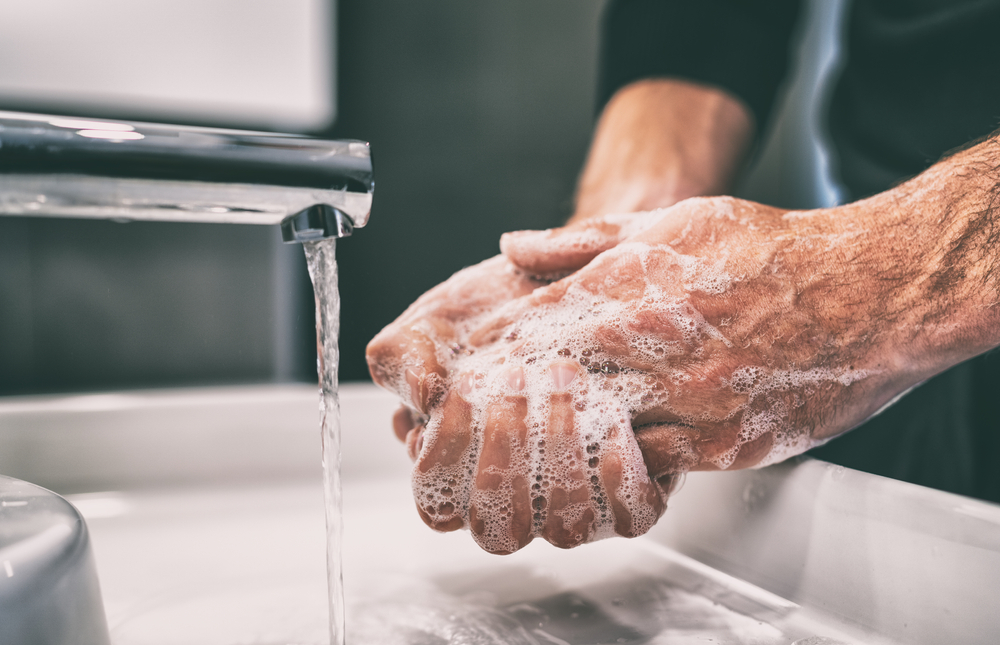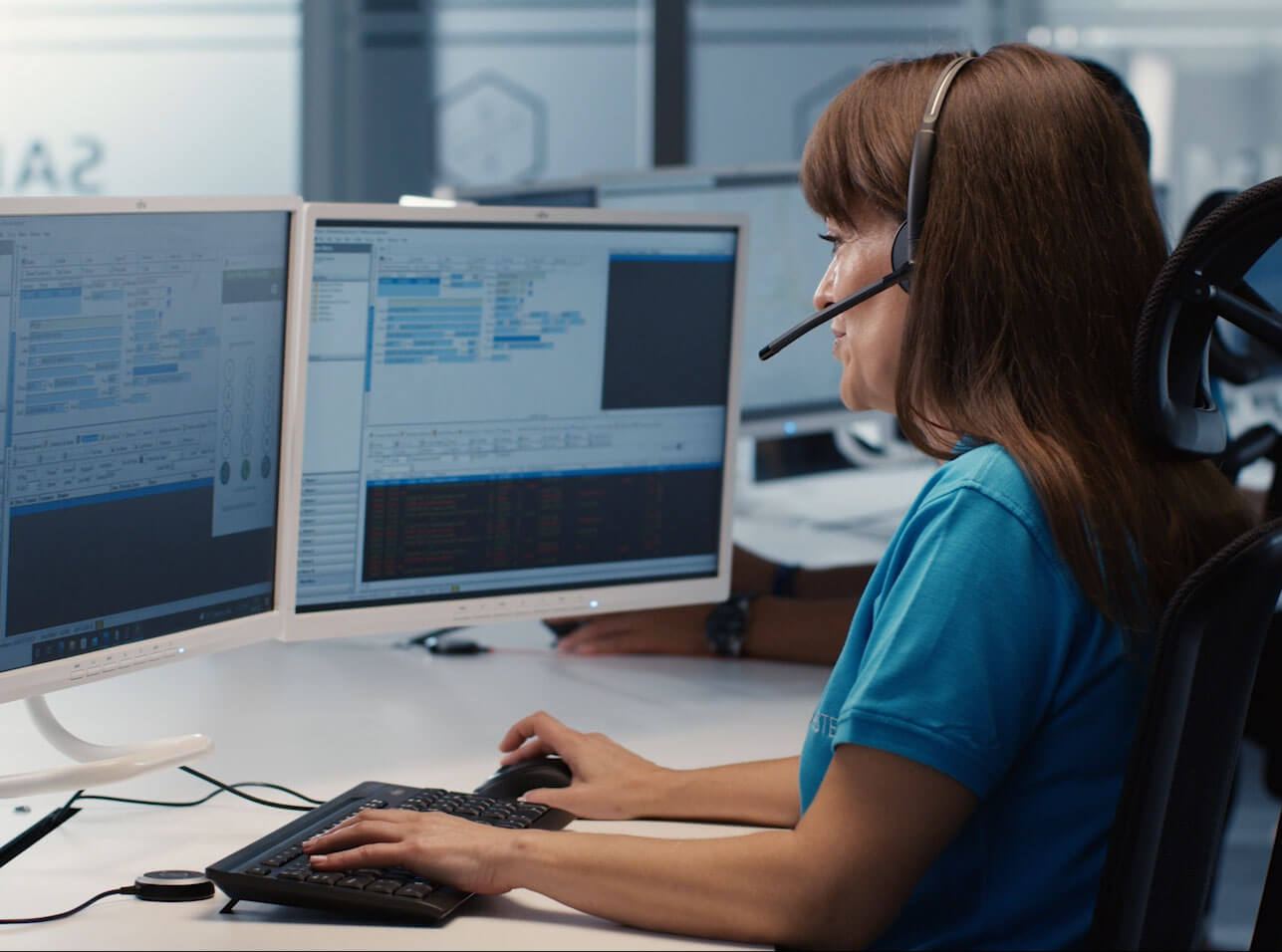Personal hygiene and grooming are fundamental aspects of maintaining the health and well-being of older people. As we age, it can become more challenging for some older people to carry out these activities or exercises independently. Therefore, it is vitally important to consider their personal needs and to communicate with them beforehand so that they feel comfortable and confident during the personal hygiene process.
The importance of good hygiene in the elderly
Hygiene in the elderly is essential to maintain physical and emotional health, prevent diseases and complications, and improve their overall well-being. Providing support and assistance in grooming and hygiene to older adults is an act of care and respect, ensuring that they enjoy a full and dignified life at this stage of their lives. Some of these aspects are highlighted below:
- Prevention of diseases and infections: Maintaining proper personal hygiene helps prevent the spread of infections and diseases, especially in a more vulnerable immune system due to aging.
- Promoting skin health: Good hygiene helps to keep the skin clean and free of irritation, preventing common skin problems in the elderly, such as dermatitis or pressure ulcers.
- Preservation of mobility: Proper hygiene, such as washing and care of hands and feet, can prevent infections and conditions that could affect the mobility and autonomy of the elderly person.
- Emotional well-being: Personal cleanliness and hygiene provide a sense of comfort and dignity, contributing to the emotional well-being and self-esteem of older adults.
- Prevention of health complications: Regular hand washing and proper oral hygiene are essential to prevent respiratory infections and oral problems that could lead to more serious complications.
- Reducing fall risks: Maintaining proper hygiene, especially in the bathroom, helps reduce the risks of slips and falls, which are common in the elderly and can have serious consequences.
- Facilitation of medical care: Good personal hygiene and grooming facilitate the work of caregivers and medical personnel, allowing for better care and monitoring of the elderly person's health.
- Improved social life: Proper personal hygiene contributes to greater comfort in social interactions, which promotes an active and participatory social life in the elderly.
How to clean an elderly person? Hygiene techniques for an elderly person
Grooming an elderly person requires a sensitive and respectful approach, taking into account individual needs and limitations. Some techniques that are recommended for family caregivers or persons performing the grooming of an older adult are as follows:
- Communication: Before you begin, be sure to talk to the older person about his or her preferences and needs. Ask if he or she needs help or if he or she can perform some tasks on his or her own.
- Privacy and dignity: Respecting privacy and dignity is critical. Close doors and curtains to provide an intimate and comfortable environment during the process.
- Preparing the space: Make sure that the bathroom or room where the grooming will take place is at a suitable temperature and well lit. Place towels and necessary items within reach to avoid unnecessary trips.
- Hand washing: Wash your hands and put on disposable gloves if necessary, especially if there is contact with wounds or body fluids.
- Bathing: If the person is able to bathe alone, provide assistance only when necessary. If assistance is needed, consider installing handholds or safety bars in the bathroom to prevent slipping.
- Genital hygiene: Wash the genital area gently, using lukewarm water and mild soap. Dry gently to avoid irritation.
- Oral hygiene: Help the person brush his or her teeth at least twice a day, using a soft-bristled toothbrush and fluoride toothpaste.
- Change of clothes and diapers: Perform changes of clothes and diapers in a quick and respectful manner, always maintaining privacy.
- Skin care: Apply lotions or moisturizers to dry skin to keep it soft and protected.
- Listen and observe: During grooming, maintain constant communication with the older person and observe any changes in his or her health or well-being.
- Encourage independence: If possible, encourage the person to perform some tasks on his or her own to promote autonomy.
How to wash a bedridden person?
Washing a bedridden person requires proper technique to ensure the comfort, privacy and hygiene of the person in question.
First, you need to gather all the necessary items before you begin, such as clean towels, warm water, wash basin, mild soap, disposable gloves (if needed), clean diapers (if applicable), and clean bedding.
Secondly, privacy must be guaranteed, in order to ensure that the person feels comfortable and respected during the process.
Third, proper positioning is essential to help the person adopt a comfortable and secure position in bed.
Fourth, the body will be washed starting with the face, neck and arms and continuing to the rest of the body.
Fifth, moisturizers should be applied to dry areas prone to irritation, such as elbows, knees and heels.
Sixth, if hair washing is required, a suitable basin or basin should be used to support the head on the bed.
Once the laundry is completed, sheets and bedding will be changed to maintain comfort and cleanliness.
In short, SICOR telecare El Corte Inglés, is presented as the best option for caring for an elderly person, as it offers a comprehensive solution that includes control and monitoring through advanced telecare. With SICOR telecare El Corte Inglés, the care of loved ones acquires a more complete and reliable dimension, allowing family members and caregivers to have the peace of mind of having comprehensive and specialized care.

